Formula 1 tyres are one thing that creates plenty of discussion and confusion at the same time. We hope we can solve these problems with this short video that explains how the Pirelli tyres work!
How does an F1 Pirelli tire work?
Formula 1 tyres are very complex. In your own car you can get in and drive to your heart’s content. With the slicks in Formula 1, you would slide in all directions that way.
The tires have a minimum temperature of 80 degrees, the teams can warm them up using tyre warmers in the pitlane.
But even at 80 degrees, the tyres do not function at peak performance. In qualifying we often see the drivers working hard to warm up the tires. They do this to reach the ideal temperature of 100 to 110 degrees. If 1 of the 4 tires is still below that temperature the drivers will notice the difference immediately.
When the tyres get too hot you slide in all directions and they wear out faster meaning the drivers could be heading to the pits prematurely.
Blistering
Blistering is when the middle part of the tire gets too hot, this can be due to a hot track or outside temperature or even if the driver is too aggressive with his driving.
However, Pirelli try to prevent blistering by adding certain chemicals to the rubber. Graining has the reverse process which will get onto next.
Graining
Graining is when the outer part of the tyre is too hot and the inner part is not yet at the right temperature. This is where you see sticking on the outside of the tire where the rubber is pushed off the tyre.
This can cause the driver to have a lack of grip but unlike a blistering, a tyre with graining, can be repaired. This is possible by doing a burnout for the rear wheels and the front tires by steering hard from left to right.
Warming up the tyres is very important to prevent blisters and graining.
How fast you can warm up your tyres also depends on how stiff the rubber is and that brings me to the different tire compounds:
The Regulations
Each team gets 13 sets of tyres from Pirelli each race weekend. Of these, Pirelli keeps 3 reserved for the race. The other 10 sets the teams can use in practice and qualification, and you often see that teams keep a new set for the race.
The teams have to make at least one pitstop and they must use two different compounds. Some compounds are faster than others, but others can do more laps.
A few years ago we still had tyres such as hypersofts, ultra softs and supersofts, but fortunately Formula 1 understood that it was getting more and more complicated for the fans. Formula 1 has kept these compounds, but during race weekend they have three easy-to-remember names.
The "Hard" tyres, The White banded compound. The "Medium" tyres, The Yellow compound. And the "Soft" tyres The red compound
So how do Pirelli decide which sets to use at which race?
Pirelli of course take the Soft medium and hard compound to each race, however, these can range from the c1 c5 compounds depending on what pirelli decide.
Pirelli of course looks at the weather, the temperature is very important. If it gets really hot, they go for harder tyres.
Of course the track also has something to do with it, if you look at tracks like Barcelona or Bahrain you can see that the teams there are always very focused on the tyres. The tyre wear is very high at these locations. If there are fast corners where the tyres are under more pressure or there are warm temperatures Pirelli often choose harder compounds.
Red, Soft Tyres
If we look at Monaco for example we often see the teams driving on the softest tyre. The hypersoft and the ultra soft tyres were very popular, because the soft tyres provide more grip but wear out quicker, so the teams have to make a compomise by taking a harder tire. On the short and twisty tracks like Monaco this saves a lot of time.
Yellow medium tyres
The all-round tyre that you see so often, even in qualifying the top teams drive on the yellow medium tyre and all this for a good race strategy. The medium tyre is in between the soft and hard sets and it gives the teams a strong option in terms of strategy. Drivers can often drive for a very long time on the yellow compound, even longer than tyre supplier Pirelli indicates.
White hard tyres
The white-banded hard tyres are much more durable than the other sets but what you make up for in duration you lose in speed. You sometimes see the middle or back row teams at an early safety car sometimes put the white tyre on to finish the race without another stop with the hope of getting in the points. On tracks where tyre wear is very high you’re more likely to see these, think of tracks like Barcelona, Bahrain & Silverstone.
And of course, we also have the rain tires.
Intermediates
The tyres with the green band, the intermediate tyre is an all-round tyre for various situations. The tyre is good on a medium or wet track but i also capable of racing on a dry track. Rain tyres are all about how much water per second is displaced by the tyre. For the intermediates this is 30 liters per second.
For more extreme conditions, of course, a different tire is needed.
The WET tire, is used in the heavy rain situations. The tires can drain 85 litres of water per second at a speed of 300 kilometers per hour. However, this tire is not as good on a drying track as it has more tread on it.
Read more about:
Rumors
Popular on GPBlog

1
Did Verstappen break the lap record at the Green Hell? 'Franz Hermann' responds
493 times read

2
Gerhard Berger ranks Verstappen above Senna
414 times read

3
Alex Albon after hearing Franz Hermann: ‘I’ve heard that name before’
407 times read
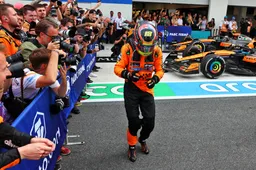
4
Piastri responds to allegations that McLaren are cheating their way to the top in F1
401 times read
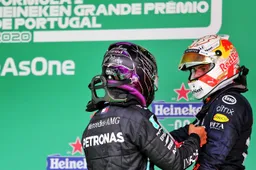
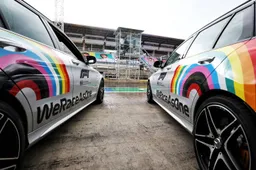

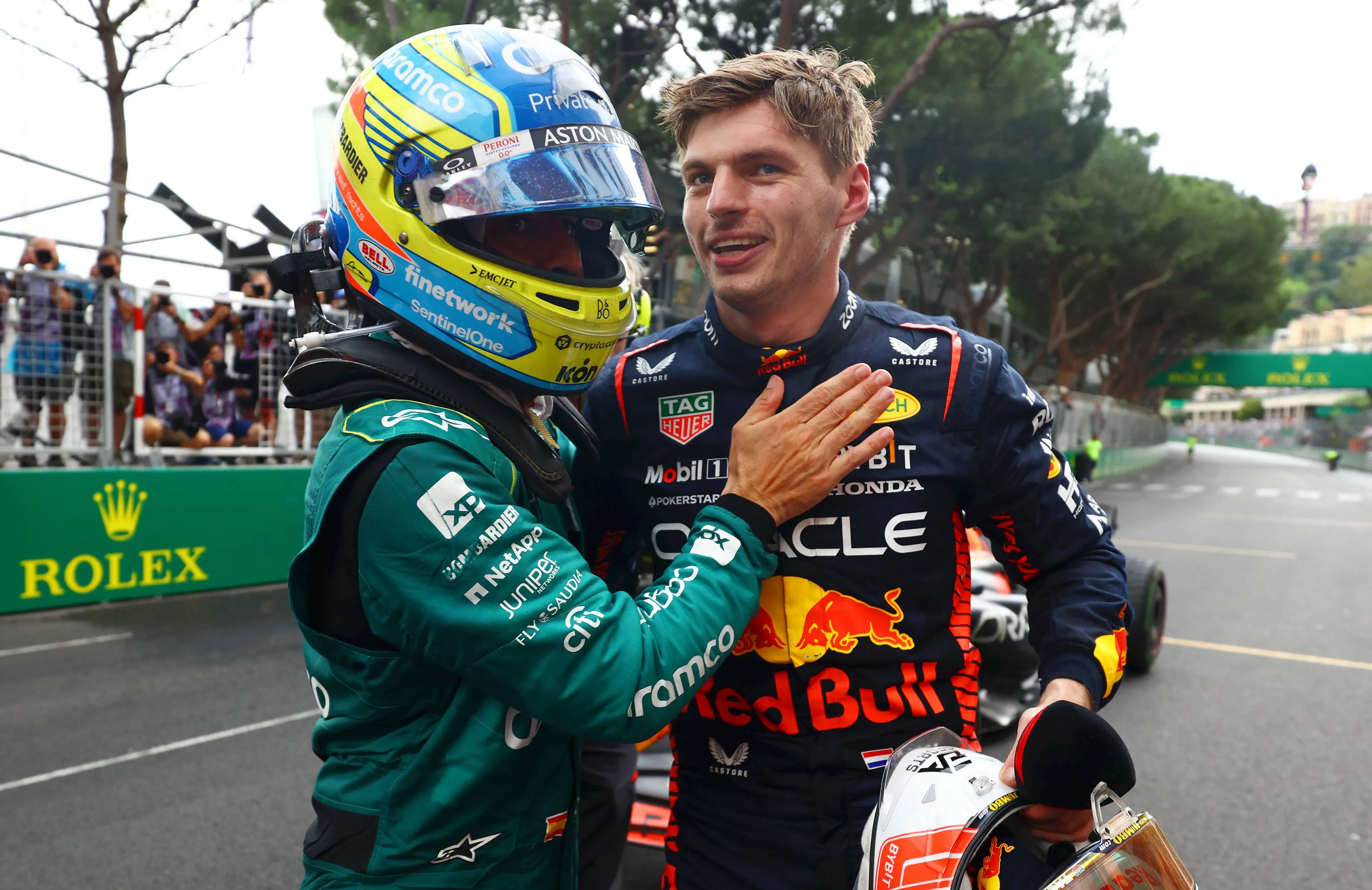
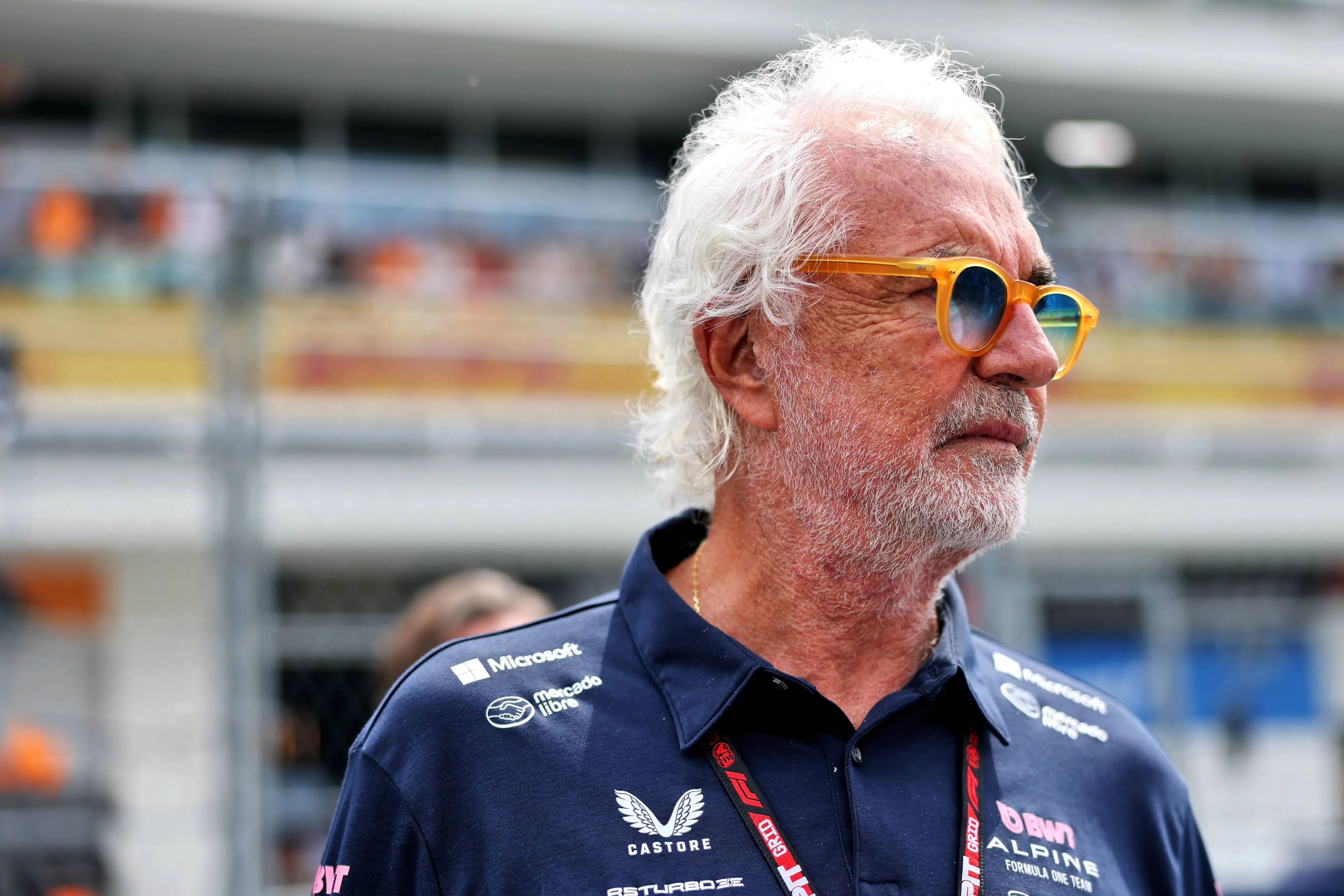


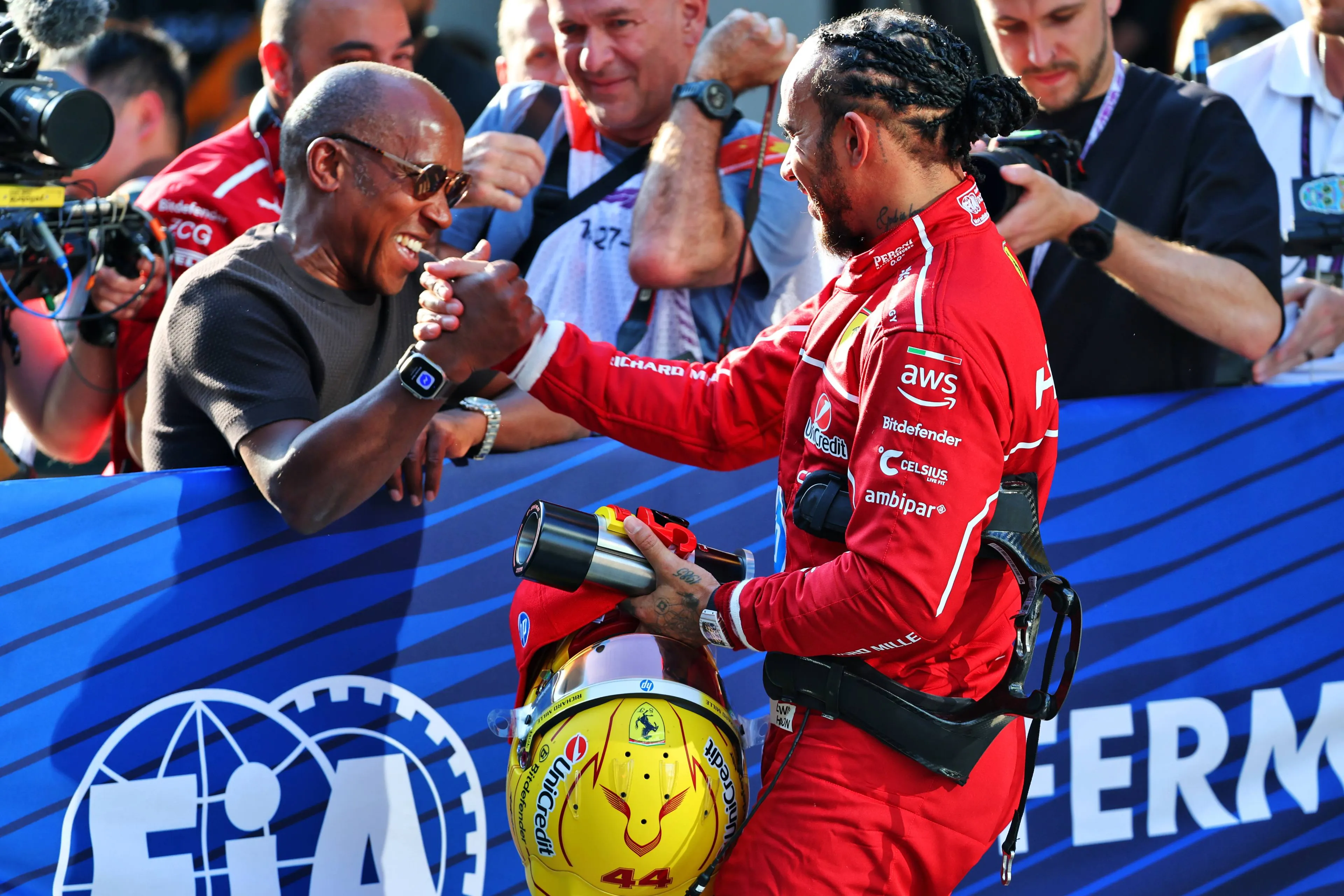




Seeing that the races are more predictable than not... all we can count on to upset n even change the obvious order are these silly tyres n the strategies the teams choose.. its bad that to win, you must also have the ability to manage tyres...
So, why does it need to be that complicated then? just get a compound like an all weather road car tyre and as along as everyone is using the same tyre type and compound, then its a level playing field and everyone just has to learn to drive within the limits of adhesion of what their tyres can give them ..... just like millions of motorist have to do on the roads everyday!